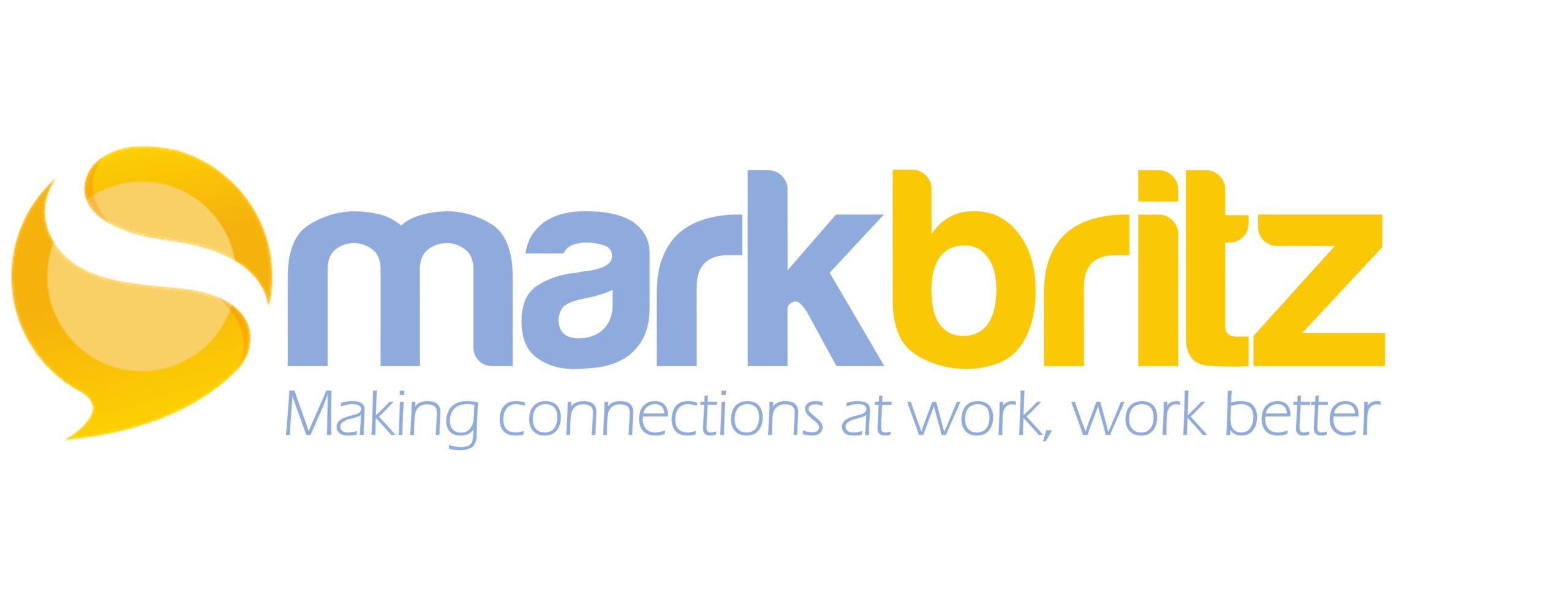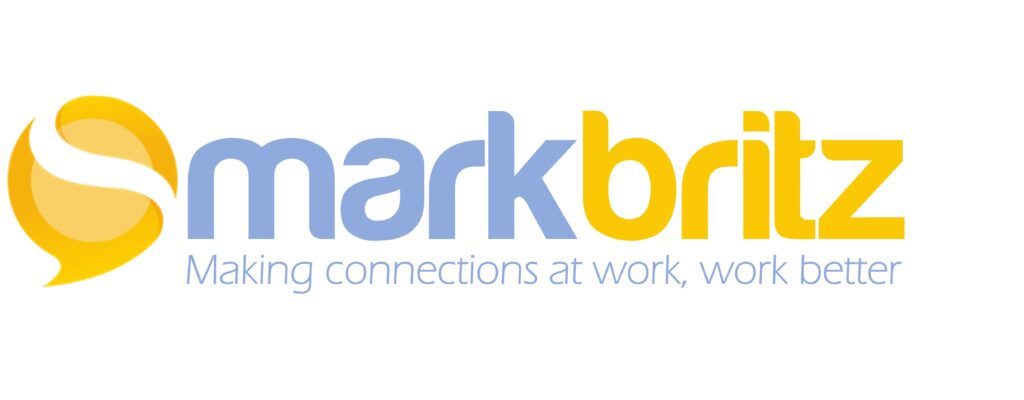Recently I read some excellent work by Julie Dirksen in her book Design for How People Learn. She dug deeper into designing for habit because habitual behaviors free up cognitive energy for other tasks. I wondered then about how this might help people who have tried to “get into” social but just couldn’t make it stick.
I took this idea to the DevLearn conference this week in a somewhat half baked session that was an effort to stimulate practical conversation on the topic. And so I’m reflecting on this somewhere over Missouri at the moment.
Obviously the biggest step is a mindset shift towards social and understanding that if you desire to experience the full power and beauty of social networking you must first let go of fear, folly or flippant attitudes. Social quickly becomes and must become an extension of yourself to be effective. Honesty, humility, and openness are critical. Once you desire to connect, then you can look to habit formation strategies to making social tools a part of your life.
Charles Duhigg in his book The Power of Habit shared that habits are made up of unconscious, automatic loops containing a trigger or cue, a routine and a reward.
If one craves something, then a habit can be created. In my presentation I shared my Twitter related social media habit with a cue of finding or creating relevant content, a routine of posting on Twitter, and a reward of altruism, as I felt I was providing value to people I valued. Other times the reward is validation of my ideas and also criticism, as this helps me to grow.
So here are 5 approaches for habit formation I’ve been considering for getting social to stick each with a lead in from my more universally understood efforts to make running more habitual.
1. Start small
When you set a goal of running a marathon you don’t start by running 8 miles your first time out. You do 1 or even less and slowly increase your distance.
Embracing social tools doesn’t mean you need to go all in or go global. Find a comfortable tool, preferably something with only a white rectangle. No need to know and use all the features. Remember, social is really just about community, collaboration and sharing and tools simply extend and expand these. Maybe start by joining an online community in an area of interest to begin conversing, collaborate on a project using a Google Doc with a co-worker, post interesting articles or thoughts on Twitter. And that’s it. Be kind to yourself, starting smaller gives you time to get comfortable.
2. Make implementation intentions
If I feel like taking a shorter than needed run then I will incorporate some walking rather than stop altogether.
Having a goal of being “more social” isn’t really enough. Have a reason why. A hobby? Find a hashtagged thread to follow. Professional need? Find and follow writers, experts in your field. Then craft implementation intentions. These are If/Then statements that you should write down. For example, if I read an interesting article online, then I will share it with added context.
If I find a work-around to a technical issues, then I will post the steps in an online forum. Implementation intentions provide activities to remind you to take action towards your goal.
3. Make visible
I track all my runs in an app to graph frequency and distance.
Seeing progress is very motivating. It’s also very easy with social media to look back at your past week’s social interactions to get an idea of your habit in formation. What are you sharing? How frequently? How much? There are a few apps for habit tracking, some of which allow you to state your actions and view progress in easy to read charts. Rubrics can also be a good visual tool because you can include qualitative statements that allow you to evaluate the quality of your effort. For example you might have a goal of sharing 3 relevant articles with your peers each week. How well did you do it? This is numerical but can be qualified with categories of poor, good, excellent that can motivate you. How about a goal of commenting vs. merely liking, which is significantly more engaging. This goal is also numerical and can show you increases in positive and decreases in less positive interactions.
4. Remove barriers
Although I love the reward from running, I get distracted by other things to do. Placing running clothes out the night before makes it a visual and a priority.
The largest barrier I mentioned at the beginning is really yourself and your perceptions of social. If you don’t crave, you can’t create a habit. Your reward may be personal or professional but you must first believe that increased online social interaction will help you achieve it. Another barrier could be a competing habit such as email. Far less likely to help you expand and connect, email is well entrenched in our lives. Ironically or not, social media use and email use have similar rewards and triggers. The key is to change the routine. The habit of logging on / turning on and checking email could be replaced with logging on and checking a dashboard or social networks or an RSS feeds. Again, implementation intentions can be applied to have an If/Then around the act of logging in. Maybe even a physical prompt of a sticky note on monitor would be useful. Notification settings can be of use but in the early days, when connections are few, they could be few and far between which isnt very effective. Even moving your email app to a secondary screen on your mobile device and placing your chosen social tool app on main screen is a positive step.
5. Feedback
Feedback on my running can come in two forms, an app easily tells me my progress and running with others provides social encouragement.
Feedback in my opinion is most critical for social habit success. After all social is not about tools but about people. The biggest reason I’ve heard that people don’t stick with social is they don’t know who to follow and nobody follows them. People can and do tap into social streams and successfully lurk but ultimately it’s human connection with emotion that brings us back again and again. My simple advice is find a seasoned user and be honest; “I’m just starting out. Can I ask you a favor?” In this case you’re asking to talk to someone and through that gain more insights about engagement and of course working to fulfill a personal or professional need. Another option – buddy up! Don’t go it alone because social can’t be done alone. Partner with a friend who is starting out. Support each other online through tagging each other, conversing and sharing beyond just yourselves valuable content. When you know someone is waiting and watching out for you, you don’t want to let them down.
Lots to think about. Have a goal, pick a tool, start small, measure your efforts and get feedback. These techniques just may be the way to make social sticky. What have you done to build a social habit?

